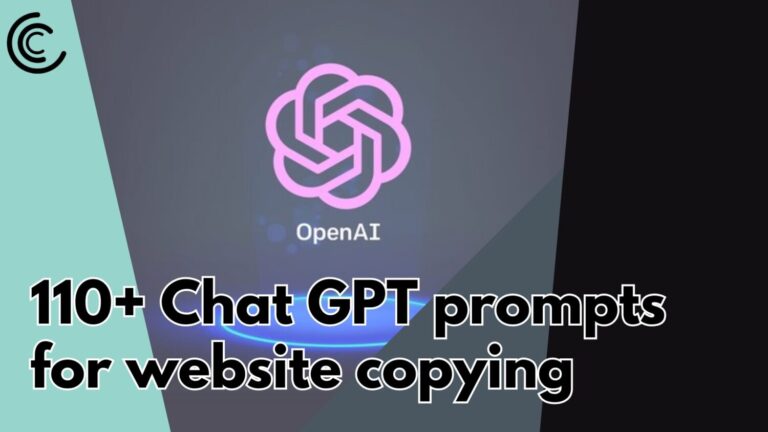In an era where instant customer support and seamless user experiences define business success, AI chatbots trained in documentation have emerged as indispensable tools. These bots transform static resources—FAQs, product manuals, policy guides—into dynamic, conversational assistants capable of resolving queries 24/7. Platforms like Chatbase simplify this process, enabling users to build documentation-driven AI chatbots without coding. This guide walks you through creating a chatbot using your existing documents, highlights Chatbase’s unique advantages, and compares it to alternatives like Dialogflow and Tidio. Whether you’re automating customer service or onboarding employees, this approach ensures accuracy, scalability, and brand consistency.

Table of Contents
The Role of Documentation in AI Chatbots
Documentation forms the backbone of effective AI chatbots. Here’s why:
- Accuracy: Pre-approved content ensures responses align with your policies, reducing misinformation risks.
- Efficiency: Automating repetitive queries (e.g., “How do I reset my password?”) frees human agents for complex tasks.
- Consistency: A bot trained on official materials delivers uniform answers across all user interactions.
- Use Cases:
- Customer Support: Troubleshooting guides or return policies.
- Employee Training: HR handbooks or compliance documents.
- Product Education: API documentation for developers.
Also Read: Best AI Tools for Students
Why Chatbase Excels for Documentation-Driven Chatbots
Chatbase specializes in converting documents into conversational AI with minimal effort. Key features include:
- Document Upload Flexibility: Supports PDFs, Word files, Notion pages, website content, and custom Q&A sheets.
- No-Code Interface: Intuitive drag-and-drop workflow for non-technical users.
- LLM Integration: Uses advanced LLMs and natural language processing (NLP) for context-aware, multi-step conversations.
- Continuous Learning: Analytics identify gaps in knowledge, allowing iterative improvements.
Also Read: How to build Support bot using AI for Free
Building a Chatbot with Chatbase: A Step-by-Step Process

Sign Up and Create a New Bot
- Visit Chatbase’s website and register for a free account. Select “New Chatbot” to begin.
Upload Your Documentation
- Navigate to “Data Sources” and choose from:
- PDFs/Word Docs: Ideal for policy manuals or technical guides.
- Website Scraping: Pull content from your help center or blog.
- Custom Q&A: Add specific questions and answers (e.g., “What’s your shipping policy?”).
- Pro Tip: Break large documents into sections (e.g., “Installation,” “Troubleshooting”) to enhance response precision.
Train the AI Model
- Chatbase processes files using advanced LLMs such as GPT-4, Claude 3.7 Sonent, and Gemini, as well as open-source LLMs such as Deepseek, Llama and more. Training typically takes 1–5 minutes, depending on file size.
Customize Tone and Design
- Under “Settings,” adjust:
- Personality: Match your brand voice (formal, casual, or technical).
- Greeting Message: Example: “Welcome! How can I assist you today?”
- Visual Branding: Add your logo, brand colours, and a custom widget name.
Test with Real-World Scenarios
- Use the built-in playground to simulate interactions. For instance, ask, “How do I update my account details?”
- Refine answers by updating source documents or adding explicit Q&A pairs.
Deploy Across Platforms
- Embed the bot on your website via a code snippet or integrated with tools like Slack, WhatsApp, or Shopify.
Monitor and Optimize
- Leverage Chatbase’s analytics dashboard to:
- Track frequently asked questions.
- Identify unanswered queries and update documentation.
Also Read: Instantly.ai Review
Chatbase vs. Alternatives: Choosing the Right Tool

| Feature | Chatbase | Dialogflow | Tidio | Zendesk Answer Bot |
|---|---|---|---|---|
| Document Training | Direct upload of PDFs, websites, Q&A | Manual intent setup required | Template-based responses | Limited to Zendesk resources |
| Ease of Use | High (no-code) | Low (requires coding expertise) | Moderate (drag-and-drop builder) | Moderate (Zendesk integration) |
| AI Capabilities | GPT-4 for contextual understanding | Rule-based + NLP | Basic NLP | Proprietary AI |
| Multilingual Support | 100+ languages | 20+ languages | 15+ languages | 40+ languages |
| Pricing | Starts at $49/month | Complex pay-as-you-go model | Starts at $29/month | Starts at $55/agent/month |
When to Choose Chatbase:
- Rapid deployment using existing documentation is critical.
- You prioritize natural, context-driven conversations over rigid scripts.
- Budget-friendly plans suit small to medium businesses.
When to Consider Alternatives:
- Dialogflow: For enterprises needing custom, code-heavy workflows.
- Tidio: If combining live chat with basic automation suffices.
- Zendesk: Already using Zendesk’s ecosystem for customer service.
Also Read: Chatbase Review: Build AI chatbots without coding
Best Practices for Maximizing Chatbot Efficiency

- Update Documents Regularly: Ensure bots reflect the latest policies or product updates.
- Simplify Language: Avoid jargon; GPT-4 performs best with clear, conversational text.
- Set Response Boundaries: Program the bot to escalate unresolved issues to human agents.
- Audit Performance: Review analytics monthly to refine answers and expand knowledge bases.
Also Read: Best AI Chatbot Alternatives: Beyond ChatGPT
Conclusion
Building an AI chatbot using documentation is no longer a technical challenge, thanks to tools like Chatbase. By uploading PDFs, websites, or Q&A sheets, businesses can deploy a documentation-driven AI chatbot that delivers accurate, brand-aligned support around the clock. While alternatives like Dialogflow offer deeper customization for enterprises, Chatbase’s simplicity, GPT-4 integration, and affordability make it ideal for small to medium businesses. Implementing these steps reduces operational costs and enhances customer satisfaction—proving that even static documents can power dynamic, AI-driven conversations.
Frequently Asked Questions (FAQs)
How secure is my data when using Chatbase?
Chatbase employs encryption and complies with GDPR standards. However, avoid uploading sensitive information like passwords or proprietary data.
Can the chatbot handle multiple languages if my documents are in English?
Yes. Chatbase’s GPT-4 model auto-translates responses into 100+ languages, though accuracy is highest for widely spoken languages like Spanish or French.
What file formats does Chatbase support for training?
Chatbase accepts PDFs, Word documents, Notion pages, website URLs, and custom Q&A text files.
How often should I update my chatbot’s training materials?
Refresh documents whenever policies, products, or processes change. For dynamic websites, Chatbase auto-updates content weekly.
Can I integrate the chatbot with third-party tools like Slack?
Yes. Chatbase supports integrations with Slack, WhatsApp, Shopify, and more via API or pre-built connectors.










